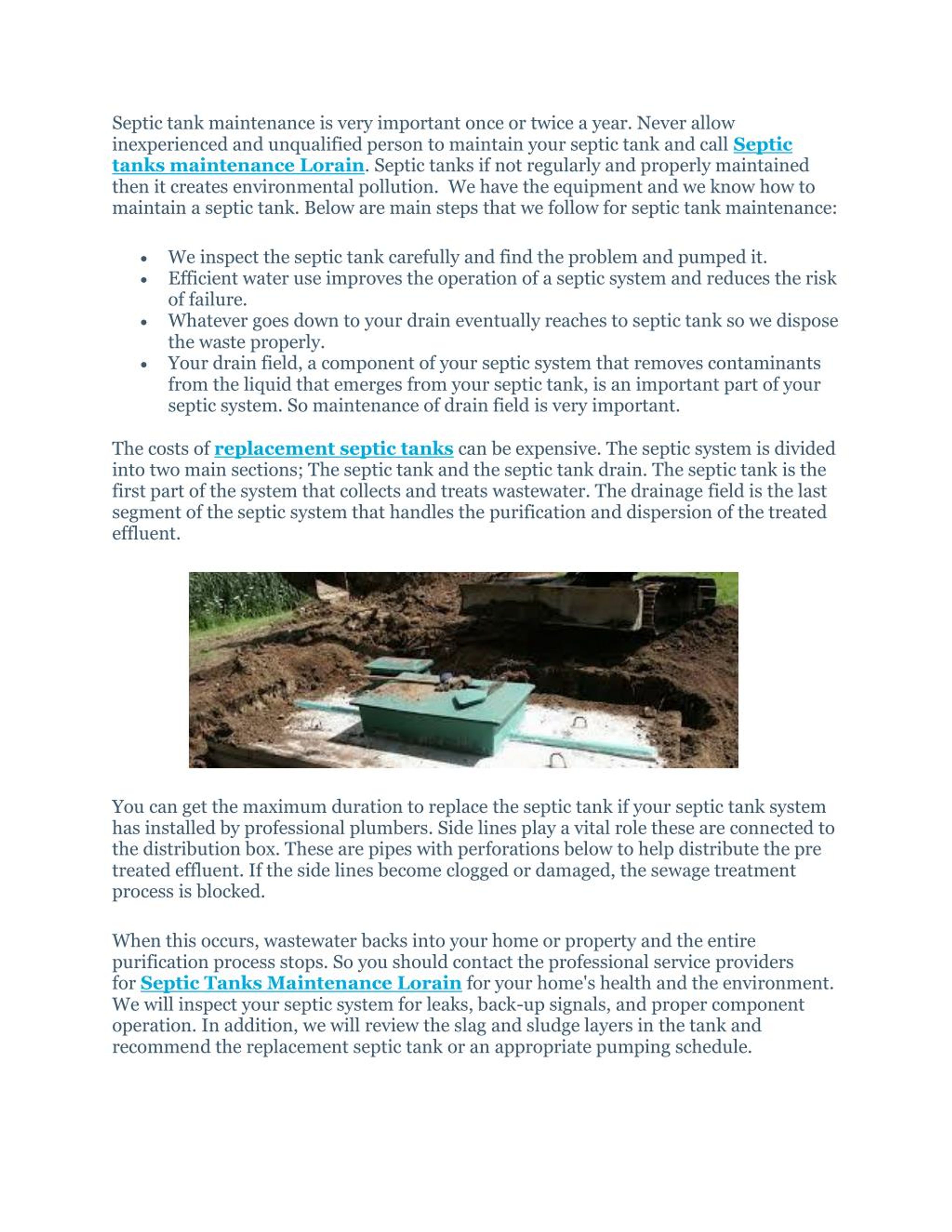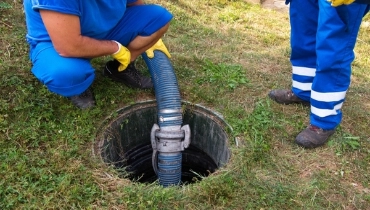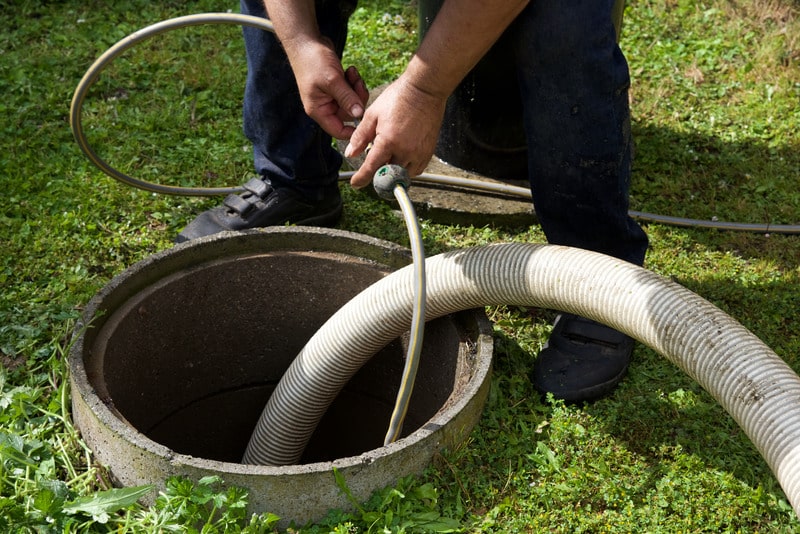The Definitive Guide to Stillwell Septic And Grading
The Definitive Guide to Stillwell Septic And Grading
Blog Article
Unknown Facts About Stillwell Septic And Grading
Table of ContentsStillwell Septic And Grading for Beginners5 Simple Techniques For Stillwell Septic And GradingStillwell Septic And Grading - TruthsAll about Stillwell Septic And GradingThe smart Trick of Stillwell Septic And Grading That Nobody is Talking AboutNot known Incorrect Statements About Stillwell Septic And Grading
A leaky toilet can waste hundreds of gallons of water a day. Take baths with a partially-filled bathtub and do not leave the tap running when doing various other tasks. Wash only full lots of dishes and washing.
Stillwell Septic And Grading - Truths
Avoid burning heaps of leaves or branches over the drainfield, as the warm could harm the plastic pipes below. Limit the enhancement of topsoil or compost to no even more than 2 to 3 inches over the drainfield. Septic Inspection. A great guideline for landscaping over drainfields is to utilize shallow-rooted plants that do not need added topsoil to flourish
Grass is the most effective cover. Stay clear of trees, shrubs, and water-loving plants with deep roots. Yards, blended wildflowers, and ground covers with superficial origins are good options. Plant trees and hedges at the very least 30 feet far from your septic storage tank and drainfield to maintain origins from entering and damaging or blocking the drainfield pipelines.
For even more information please go to the Landscaping Your Drainfield page. A septic system failure creates without treatment sewer to be launched and transferred to where it ought to not be. This may trigger sewer to find to the surface area of the ground around the storage tank or the drainfield or to support in pipes in the building.
7 Simple Techniques For Stillwell Septic And Grading
The individual who drops in gets out without significant injury. However a child's unfortunate fatality is a pointer to evaluate your septic system for harmed or missing lids. Proprietors of septic systems are in charge of guaranteeing the systems are secure and function effectively, including having a safe and secure cover on the storage tanks
Routinely evaluate the condition of the covers for hazards or issues. Maintain the lids safe by repairing or changing all harmed or missing out on components. Use screws, screws, or various other locks to secure the covers and avoid very easy access. Never drive or park cars in addition to septic systems- it can damage or remove the cover.
The Buzz on Stillwell Septic And Grading
Make sure the covers are safeguarded after functioning on your septic system. Educate youngsters that the septic tank lids are not to be played on or opened.
Keeping in mind the degrees will assist figure out if there is a potential problem with the system. The tank will be completely pumped down, removing all of the liquid and strong waste - Septic Tank Installation. Once the tank is entirely pumped, the inlet and outlet tees of the will certainly be examined to guarantee they are still intact and functioning appropriately
An Unbiased View of Stillwell Septic And Grading
If you are home at the time of service (entirely not needed if that's not your point) you may be asked to flush your commodes to guarantee everything is flowing properly. When the solution is full, the septic tank will certainly be covered as it was when we got here! Experts suggest having your system pumped every 3 to 5 years yet numerous elements need to be considered when determining how usually your septic system needs to be serviced.

If your septic has not been serviced in more than 6 months, we would want to service the septic. If the problem persists, a drainpipe cleaner will certainly after that be sent out to remove the line to the septic tank.
The 6-Second Trick For Stillwell Septic And Grading

If the ponding is focused over the leach area that might mean a leach line is obstructed with Bio-Mat and requires to be repaired or changed. A lot of sewage-disposal tanks have two to three covers; one over the inlet side of the septic system (where the water from your home gets in the tank), one in the facility of the tank, and one on the outlet side of the container (where the liquid from the storage tank exits to your leach field).
Cut up food particles do not damage down in the sewage-disposal tank and can make their way out into your leach area lines causing blockages. Waste disposal unit, even those significant septic safe, are not taken into consideration advantageous for your septic tank. Proper working degree is where the water degree in your tank satisfies the electrical outlet tee of the container.
Report this page